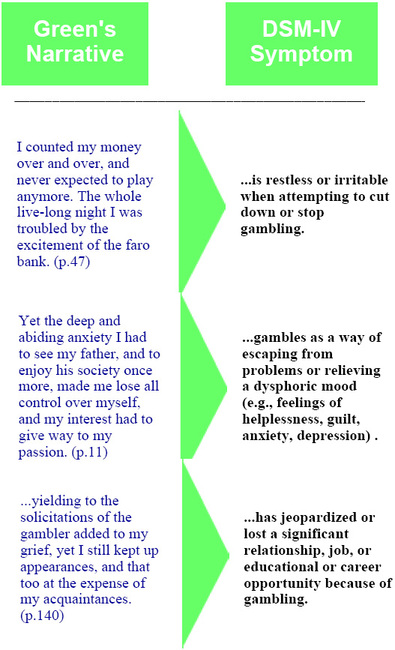The WAGER Vol. 5(30) – It’s Not Easy Being Green
Jonathan Harrington Green published Gambling unmasked in 1844 as a "warning to the young men of this country." [1] The original pocket-sized edition cost 25 cents. The publisher offered a quantity discount to make the volume attractive to Sunday School administrators. A self-described reformed gambler, Green peppers his autobiographical narrative with crime, punishment, fraud, and loneliness. As a boy, Green begins gambling to fill the emotional void created by his father’s absence. The years pass, and Green finds himself living in a web of vice and deceit. Later in life, he despatches the habit altogether and writes his didactic treatise. Only a few printed copies of the work exist, although a later edition is available to researchers on microfilm.
While the details of his narrative are interesting and somewhat cinematic, the particulars of the story obscure a more profound question: Would the J.H. Green of the early 19th century be considered a pathological gambler by standards drafted in the late 20th century? DSM-IV requires the presence of a minimum of five out of ten symptoms in order to make a diagnosis of pathological gambling. Scanning Green’s book, The WAGER found that he positively has four of the DSM-IV symptoms, rendering him ineligible for a diagnosis of pathological gambling. Selections from Green’s narrative are matched with their corresponding symptoms at left.
That Jonathan Harrington Green would not meet modern criteria for diagnosis does not invalidate his personal suffering. Even a cursory reading of the text reveals a deep pain that continues to haunt the author throughout his life. Similarly, failure to meet diagnostic criteria is in no way tantamount to not needing treatment.


